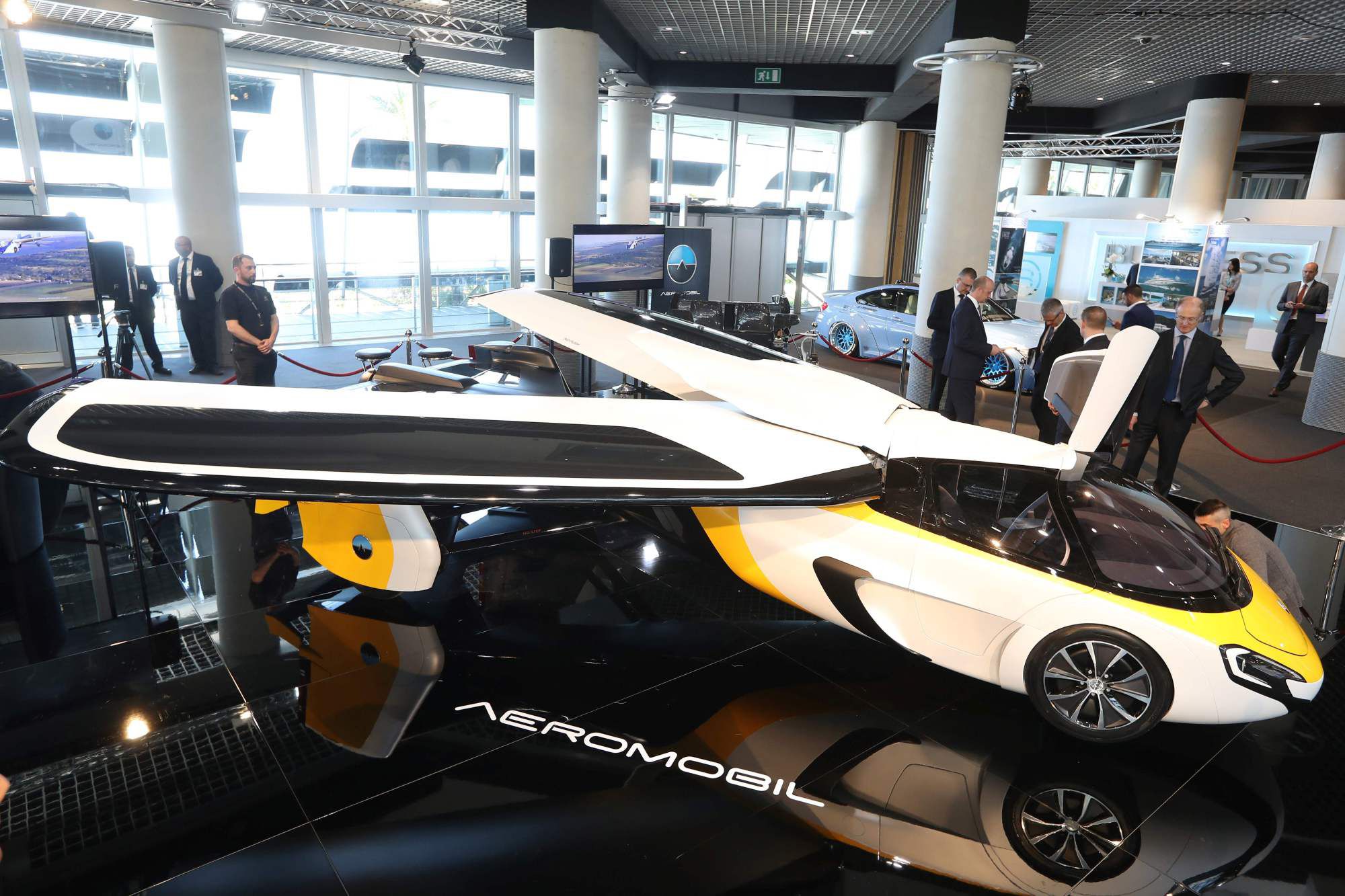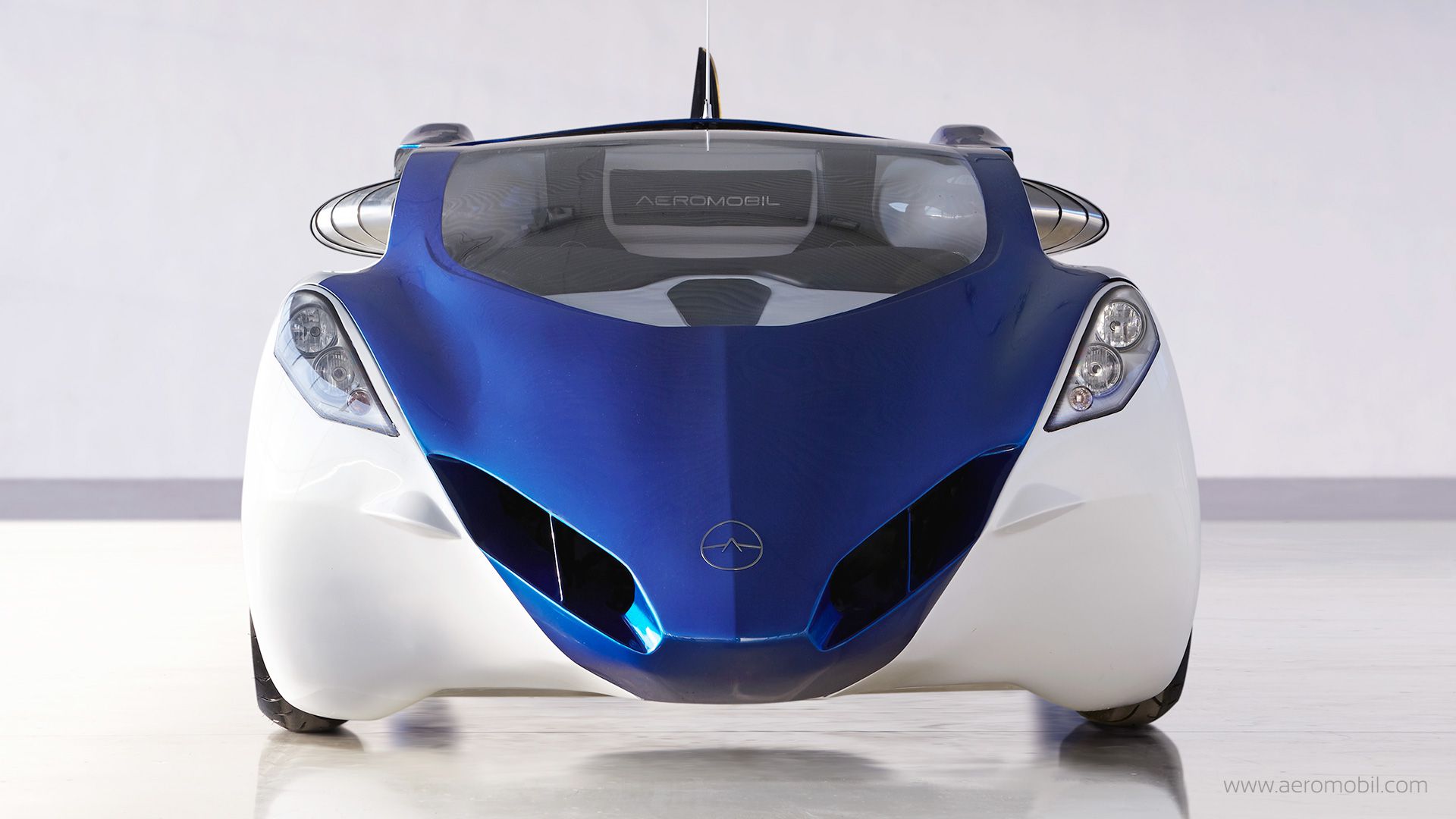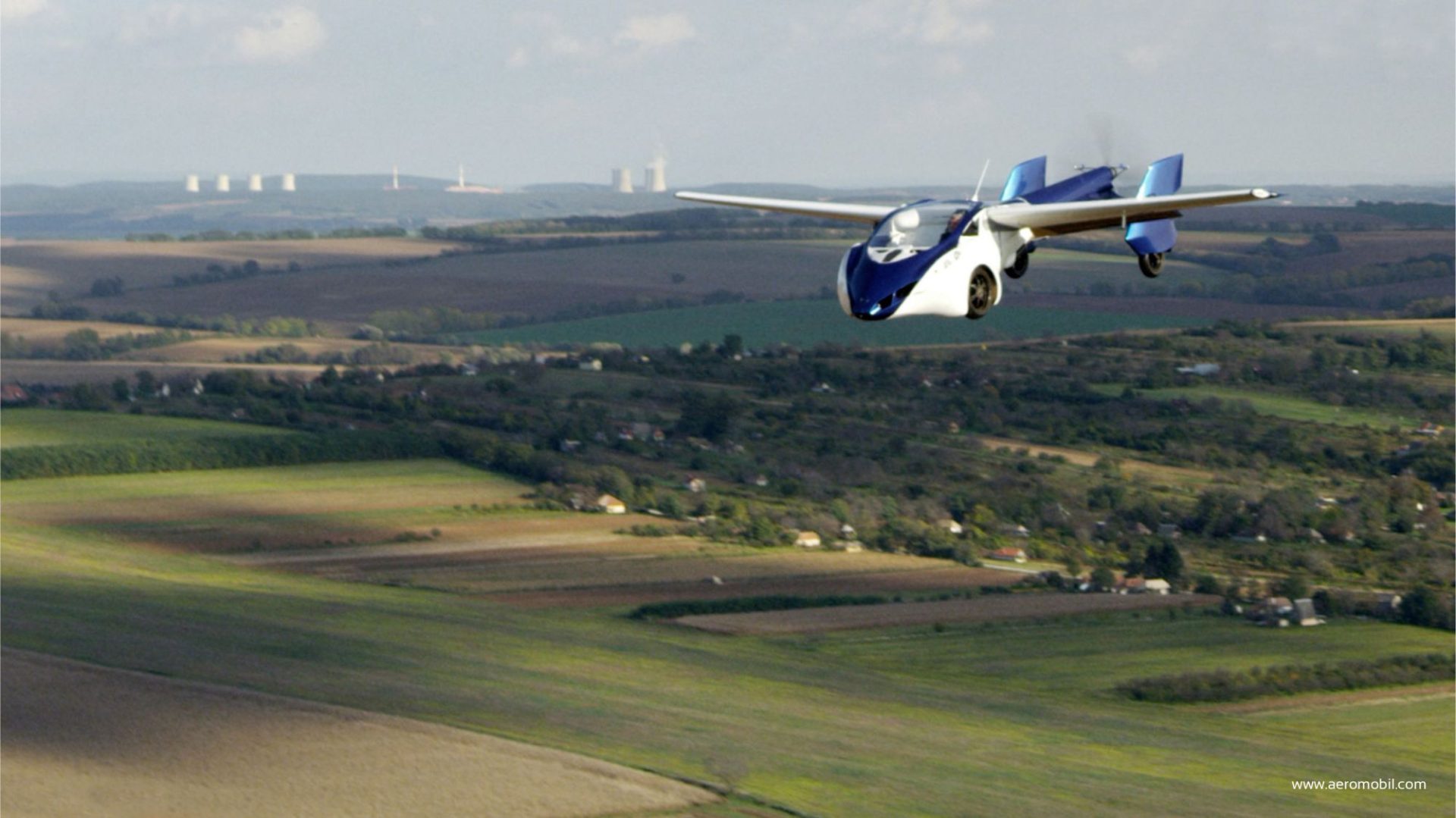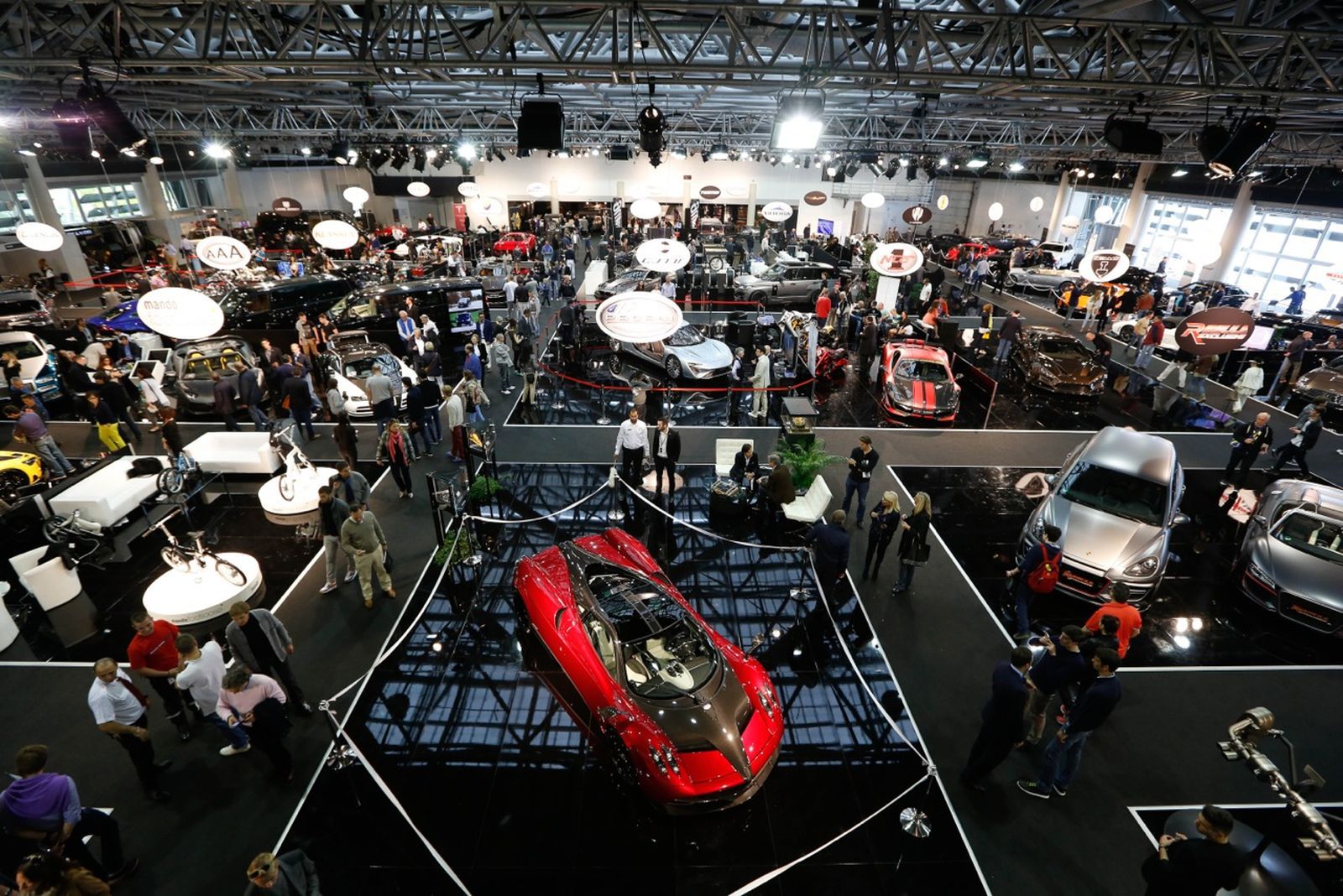Flying future is here
Aeromobil, the convertible car to aircraft, garnered international amazement and acclaim at its launch this week at Monaco Top Marques, and is now taking orders for delivery in 2020.
Photography by Aeromobil/Top Marques Monaco
21 April 2017
A Slovakia-based company unveiled the commercial design for a flying car priced at close to $2 million at Monaco’s Top Marques 20 April – 27 years after the company began developing a car which works on the road as well as it does in the sky.
Powered by a hybrid motor, the vehicle complies with CBD driving should be possible.
The company, which scooped up $3.2 million in additional investor funding on 9 April, said the flying car “heralds in a new era in efficiency and exciting travel, offering users an unparalleled choice of transport on the road or in the air”.
At the Monaco event, the company said it would start taking orders for a hybrid flying car that can drive on roads, scheduling production from 2020.
Production will be limited to a maximum of 500 units, each priced between 1.2 and 1.5 million Euro, depending on customer specifications. The first 25 vehicles will be a Founders Edition and will contain series specific product content along with an expanded “benefits package”.
Its designers state that with a range of 190 miles and cruising speed of 186mph, it’s the only electric aircraft capable of both vertical take-off and jet-powered flight.
To fly, the car would need an airfield or another approved place to take off, while owners would require driving and pilot licenses, AeroMobil Chief Communications Officer Stefan Vadocz said.
Aeromobil believes the commercial availability of its car will make personal transport “vastly more efficient and environmentally friendly by allowing significantly faster door-to-door travel for medium distance trips and in areas with limited or missing road infrastructure”.
Potential competitors include much bigger players such as Airbus, the maker of commercial airliners and helicopters that aims to test a prototype self-piloted, single-seat “flying car” later in 2017.
But makers of flying cars still face hurdles, including convincing regulators and the public that their products can be used safely. Governments are still grappling with regulations for drones and driverless cars.
Rivals currently developing similar prototypes include the crowd-funded e-volo, a firm based near Mannheim that has said it expects to receive special regulatory approval for its two-seat “multicopter” with 18 rotors to be used as flying taxis in pilot projects by 2018.
Terrafugia, based outside the US city of Boston and founded 11 years ago by MIT graduates, aims to build a mass-market flying car, while the US-Israeli firm Joby Aviation has said it is working on a four-seater drone.
The German-made vertical take-off and land Lilium Jet boasts a 300km range for travel from London to Paris in one hour at speeds of 300kmh.
Google, Tesla and Uber have also reportedly shown interest in the new technology.
Key Facts about the AeroMobil Flying Car
Full transformation into flight mode in less than 3 minutes.
Automotive Range – 700km (estimated using NEDC cycle)
Aerospace Max Cruise Range – 750 km @ 75 % (1 200 m, ISA)
Fuel Capacity 90 ltr (95 RON Gasoline)
Direct Drive variable pitch propeller (speed 2 400 rpm)
Automotive – Top speed 160 kph
Aerospace – Vs / Vc / VD – 112 / 259 / 360 kmh
MTOW Take Off Distance ground roll / 50ft – 397 / 595m
Max Take Off Weight – 960 kg (usable load 240 kg)












